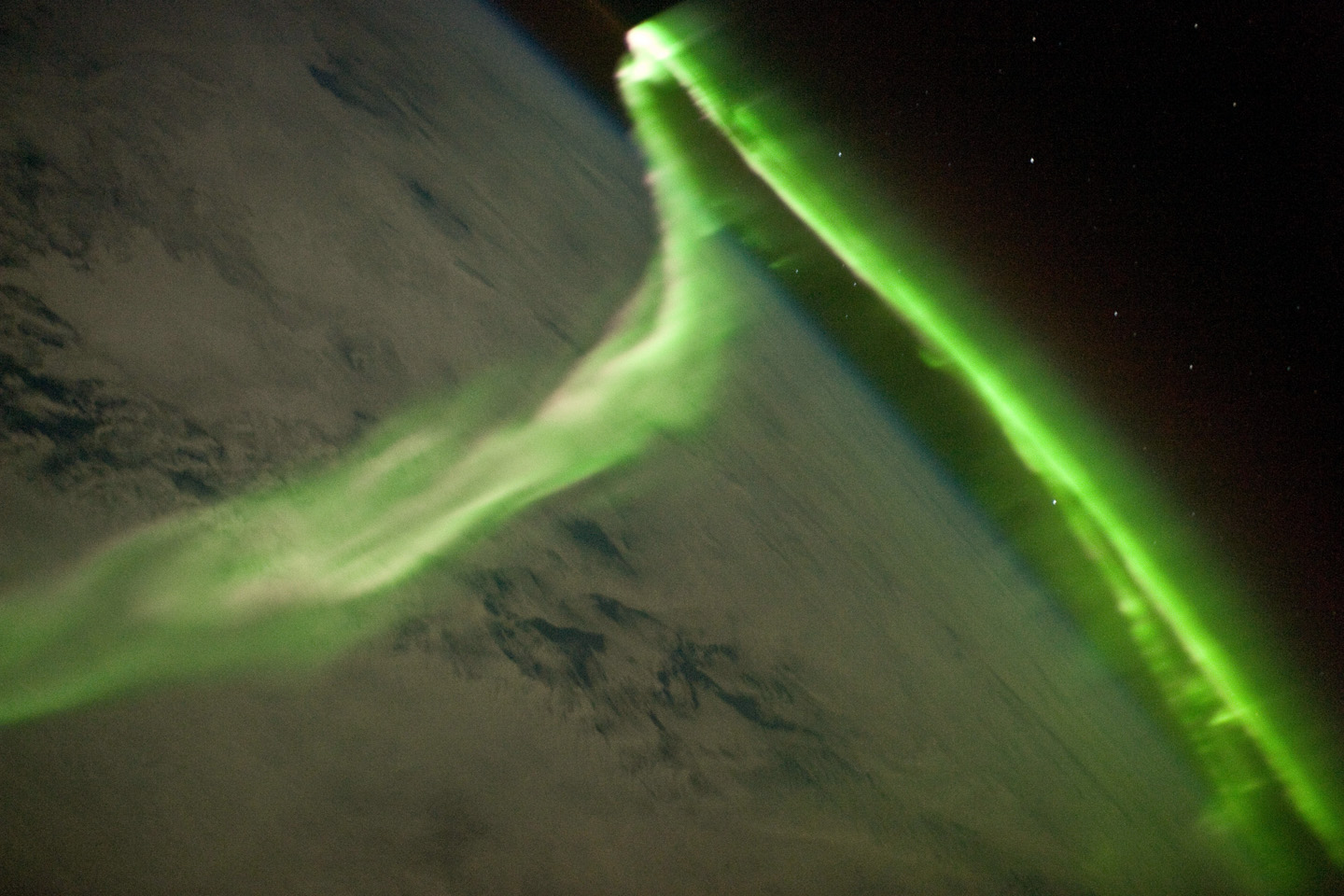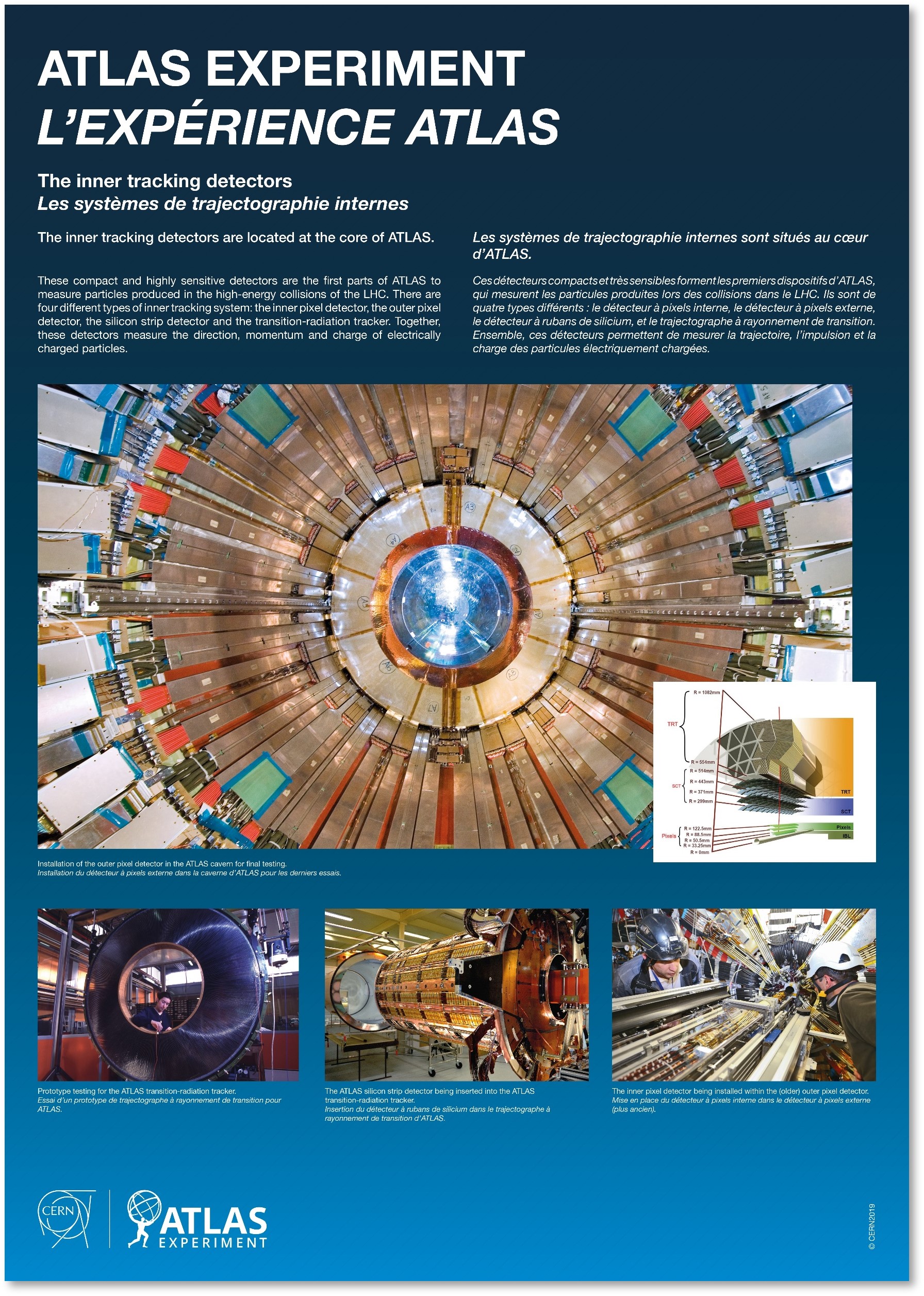 Parliamo un po’ di Sud Africa in un altro modo.
Parliamo un po’ di Sud Africa in un altro modo.
Questo volto è stato per 27 anni quello di Nelson Mandela. Arrestato nel 1963 e condannato all’ergastolo nel 1964 per tradimento e sabotaggio, cioè per aver guidato l’ala militare dell’African National Congress (Umkhonto we Sizwe, la Lancia della nazione) organizzando la lotta armata anti-apartheid, Mandela rimase in carcere fino al 1990, anno della sua liberazione in seguito al crescere della pressione internazionale.
Nel frattempo, fuori, si stampavano clandestinamente manifesti e magliette con il suo viso, ma, un po’ perché il regime non diffondeva volentieri sue immagini, un po’ perché così si voleva ricordarlo, l’aspetto di Mandela non cambiava mai.
Non era morto. Era in carcere e invecchiava, ma all’esterno, per la gente e perfino per i media, il suo viso era sempre quello. Per 27 anni l’immagine di Mandela è rimasta fuori dal tempo, bloccata a quel 1963, rientrandovi bruscamente solo l’11 Febbraio 1990 al momento della sua relativamente inattesa liberazione. Inattesa perché è vero che la pressione internazionale stava montando e si pensava che prima o poi il regime, sempre più isolato, avrebbe dovuto cedere, ma non si capiva quando sarebbe avvenuto.
 In quel giorno, per quelli che non lo avevano più visto dal 1963 e per i moltissimi che non lo avevano mai visto e che di lui conoscevano solo quell’immagine e il messaggio che era riuscito a far uscire dal carcere nel 1980 (“Unitevi! Mobilitatevi! Lottate! Tra l’incudine delle azioni di massa ed il martello della lotta armata dobbiamo annientare l’apartheid!”; ricordiamo che nel 1985 aveva rifiutato un’offerta di liberazione in cambio della rinuncia alla lotta armata), Mandela è riemerso, con il viso e le movenze tremolanti di un vecchio (aveva 72 anni e il carcere non lo aveva certo aiutato a invecchiare bene).
In quel giorno, per quelli che non lo avevano più visto dal 1963 e per i moltissimi che non lo avevano mai visto e che di lui conoscevano solo quell’immagine e il messaggio che era riuscito a far uscire dal carcere nel 1980 (“Unitevi! Mobilitatevi! Lottate! Tra l’incudine delle azioni di massa ed il martello della lotta armata dobbiamo annientare l’apartheid!”; ricordiamo che nel 1985 aveva rifiutato un’offerta di liberazione in cambio della rinuncia alla lotta armata), Mandela è riemerso, con il viso e le movenze tremolanti di un vecchio (aveva 72 anni e il carcere non lo aveva certo aiutato a invecchiare bene).
Da quel momento è ritornato nel tempo. Ha smesso di essere un’icona ed è tornato ad essere una persona. Ovviamente non una persona comune, è sempre un eroe ed è stato presidente del Sud Africa da 1991 al 1999, ma è un uomo che si vede cambiare con il tempo, lo si vede invecchiare, anche se il suo paese, a giudicare dalla statua, imponente ma bruttina, che gli dedicato (qui sotto), lo vorrebbe per sempre giovane.





